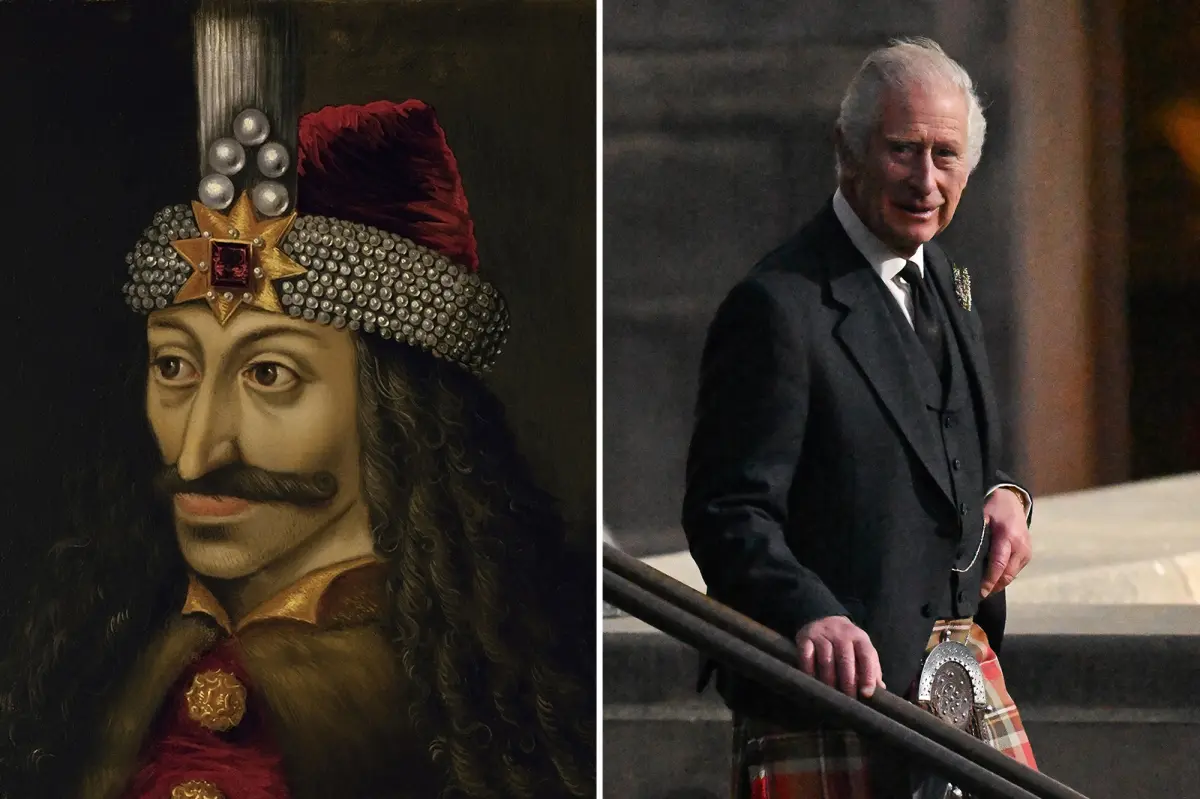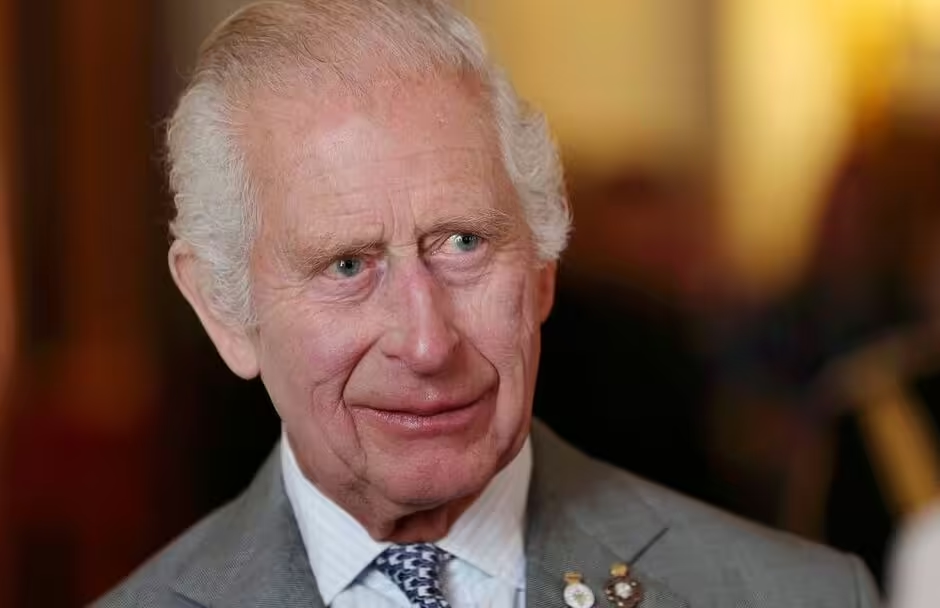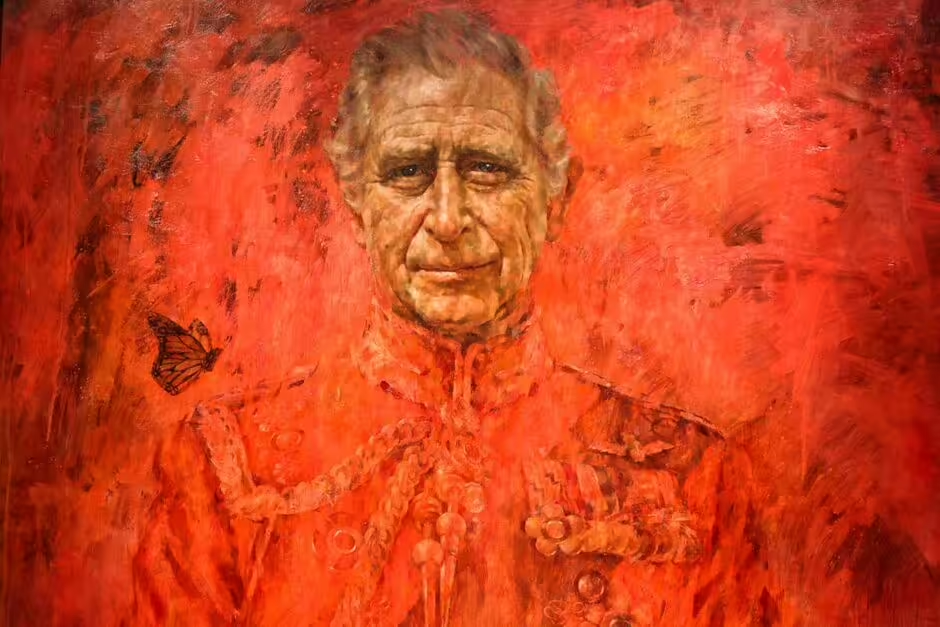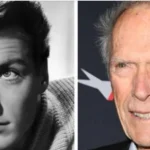King Charles III has previously spoken about his familial link to the ‘real-life Dracula’, but it turns out many royal fans had no idea.
Royal Family fans have been shocked to learn King Charles III is related to Dracula.
Both Charles and his mother, the late Queen Elizabeth II, can trace their ancestry back to Vlad the Impaler (Vlad III), a 15th-century Romanian prince infamous for his brutal method of impaling enemies on stakes.

Vlad III was also known as Vlad Dracula, being the illegitimate son of Vlad II Dracul. ‘Dracul’ translates to ‘the Dragon’, a title Vlad II earned due to his membership in the Order of the Dragon. ‘Dracula’ signifies ‘son of Dracul’.
The character of Dracula from Bram Stoker’s novel, published in 1897, is believed by some to have been inspired by Vlad III.
However, historians suggest that Stoker merely borrowed the name and based the character more on the blood-sucking vampires found in Romanian folklore.

As per Romania Tour Store, Charles is the great-grandson 16 times removed of Vlad III, through Queen Mary, the consort of George V. Charles himself has acknowledged this connection in the past and even visited the Carpathian Mountains in Romania for a TV show in 2011. He also purchased and renovated a farmhouse in Transylvania in 2006.
Charles has engaged in charity work in the region and mentioned having a “bit of a stake in the country” due to his family ties. In 2017, he was invited by the mayor of the city of Alba Iulia to accept the honorary title of Prince of Transylvania.

A recent post on X/Twitter highlighting the link between Charles and Vlad the Impaler has garnered 70,000 likes, with many fans of the Royal Family expressing surprise at this revelation.
Various commenters couldn’t resist making the same quip, linking this revelation to the official portrait of Charles that was unveiled in May. One commented: “The bloody horses running wild in London and the fires of war painting make so much more sense now.”
Another quipped: “That opens some new questions about the meaning of that red portrait.” Meanwhile a third remarked: “The painting makes sense now.”

